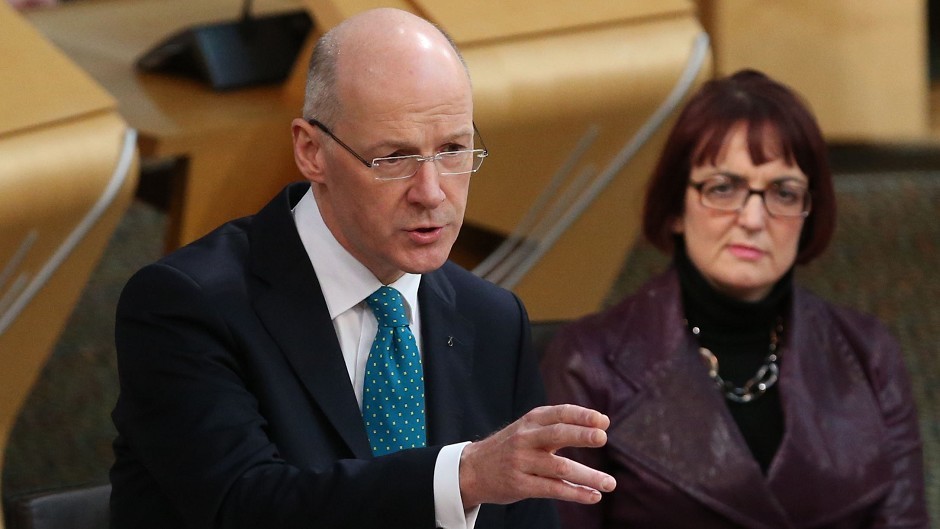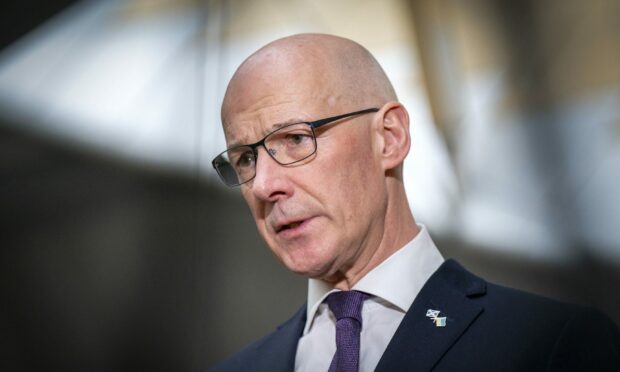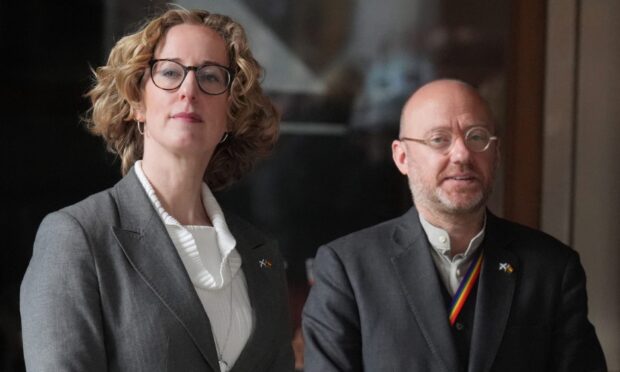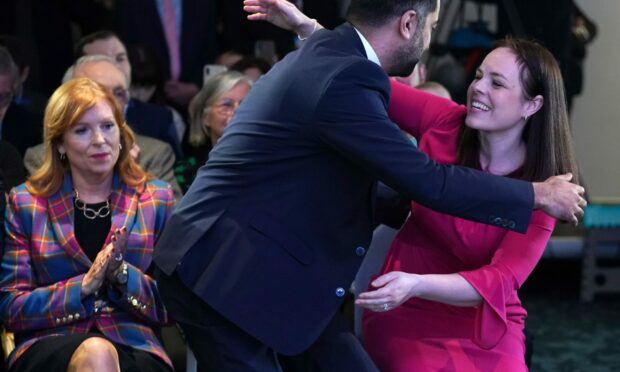A rear-guard action by the SNP has crushed Tory hopes of putting an emergency brake on controversial state guardian legislation.
Despite major public and political opposition, a defiant John Swinney repelled attempts by the Scottish Conservatives to pause the roll out of the Named Person scheme.
Tory MSP Liz Smith branded the policy, which will be introduced in August, “a bureaucratic nightmare” – but failed to convince other opposition parties to back her motion.
Instead, the majority of MSPs backed Mr Swinney, who claimed Ruth Davidson’s party had been “going around the country for months utterly misrepresenting the policy”.
The Named Person legislation – which assigns a professional to every child under-18 – has angered some MSPs and campaign groups, who claim it is an unnecessary intrusion into family life.
Tory education spokeswoman Ms Smith claimed the policy will impose greater workloads on stretched public workers while failing to protect children from harm.
She added: “There is also growing concern expressed by many frontline professionals – many of whom have no party political affiliation.
“We believe there is an urgent need to address the practical concerns of professionals and parents about the workability of the policy which, if it is not dealt with, could seriously undermine the welfare of children across Scotland.”
But Mr Swinney – who pledged to issue new guidance to parents on the scheme – said the Conservatives have been “going around the country for months utterly misrepresenting the policy”.
He added it “insults” the work of health workers and teachers to refer to them as “state snoopers”.
The government now has “work to do to build confidence in this policy” in a climate “thick with misinformation and scaremongering”, he said.
The deputy first minister added: “It is about how we can best help families get the help they need, when they need it.
“It is not about undermining family but how we can give a guarantee of the assistance that can strengthen and improve it.”
Public sector professionals, such as health workers and senior teachers, will be given named person status under the legislation.
The policy came under sharp focus after the conviction of Rachel and Nyomi Fee for the appalling torture and murder of Fife toddler Liam Fee.
The two-year-old had a version of the named person under the Fife pilot, although the council said the system in place at the time of Liam’s death was not the same as the one laid out in the Children and Young People (Scotland) Act 2014.
A significant case review is being held into the circumstances of Liam’s death.
After the vote, Simon Calvert, spokesman for the No to Named Person campaign, said: “The government is trying to rearrange the deckchairs on the Titanic.
“What is being proposing is simply a waste of time.
“They are seeking to refresh their publicity campaign which has thus far proven to be a disastrous failure, clearly losing parental confidence.”
A wide range of children’s organisations have backed the Named Person scheme, including Barnardo’s and National Parent Forum of Scotland.










